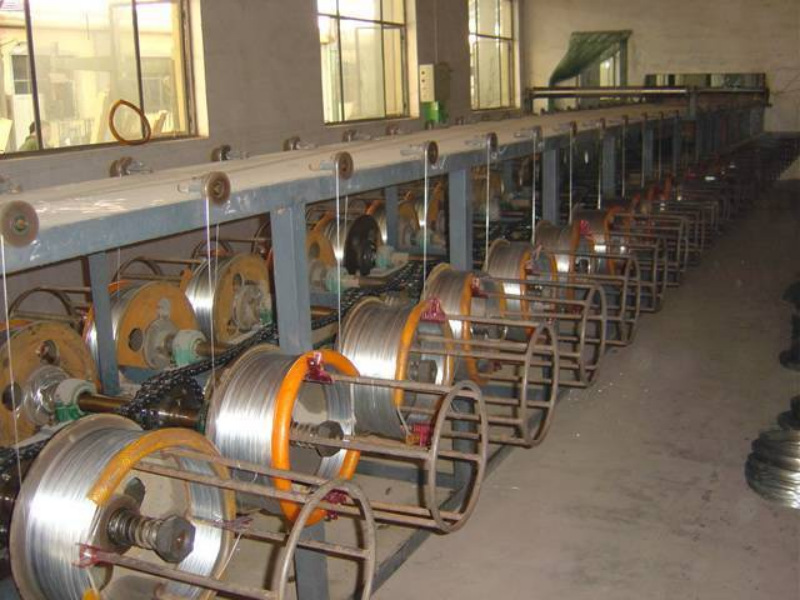
- Mobile Phone
- +8613931874955
- sales@cntcmetal.com
Best Practices for Installing Plaster Internal Corner Bead for a Flawless Finish
Understanding Plaster Internal Corner Bead A Comprehensive Guide
When it comes to constructing and finishing walls, the details often make the difference between a professional look and a DIY appearance. One such detail that plays a crucial role is the internal corner bead used in plastered walls. In the world of construction and interior finishes, understanding plaster internal corner beads is essential for achieving flawless results.
What is a Plaster Internal Corner Bead?
A plaster internal corner bead is a strip of material used to create a sharp, clean corner for drywall or plaster applications. It is specifically designed to reinforce the edges of two adjoining walls at a 90-degree angle, ensuring durability and a polished finish. Typically made from materials like metal or plastic, these beads help provide both structural support and an aesthetically pleasing appearance.
The Purpose and Benefits
The primary purpose of an internal corner bead is to protect the vulnerable edges of plaster or drywall from damage. Corners are prone to wear and tear due to their exposure to foot traffic and accidental bumps. By incorporating a corner bead, you create a strong barrier against chipping and cracking, thereby extending the lifespan of the wall.
Moreover, corner beads facilitate a clean and uniform appearance. They help ensure that the plaster or joint compound applied over them is even, significantly reducing the risk of unsightly imperfections. This is particularly important in settings where aesthetics are crucial, such as in residential homes or commercial spaces.
Types of Internal Corner Beads
plaster internal corner bead

There are several types of plaster internal corner beads to choose from, and the choice often depends on the specific needs of a project. The most common types include
1. Metal Corner Beads Made from galvanized steel or aluminum, these are robust and provide excellent durability. Metal corner beads are ideal for high-traffic areas where walls are more likely to be damaged.
2. PVC Corner Beads These plastic alternatives are lightweight and resistant to moisture, making them suitable for areas prone to humidity, such as bathrooms or kitchens.
3. Paper-Faced Corner Beads These beads combine the properties of both paper and metal. The metal gives it strength while the paper surface allows for easy application of joint compounds.
Installation Process
Installing plaster internal corner beads involves a few straightforward steps. First, measure and cut the corner bead to fit the height of the wall. Next, position it at the corner and secure it in place using nails or screws, depending on the material used. The next step is to apply joint compound over the corner bead, feathering it out to ensure a smooth transition to the adjoining walls. Once dry, sanding the area will create a seamless finish. Finally, paint or finish the walls as desired, revealing the sharp, clean edges created by the corner bead.
Conclusion
In conclusion, plaster internal corner beads play a vital role in achieving professional-looking finishes in wall construction. By offering protection to vulnerable corners and promoting aesthetic appeal, they are an indispensable component of any plastering project. Whether you opt for metal, PVC, or paper-faced varieties, understanding their functions and proper installation techniques will enhance the durability and beauty of your interior spaces. Investing time and effort into these details pays off, resulting in walls that not only stand the test of time but also look immaculate.
share:
-
Your Source for Concrete Wall Ties and Masonry AccessoriesNewsJul.10,2025
-
Unlocking the Power of Iron Wire for Every ProjectNewsJul.10,2025
-
Explore Advanced Chain Wire and Stainless Steel Mesh FencingNewsJul.10,2025
-
Discover the Benefits of Annealed Wire ProductsNewsJul.10,2025
-
Discover China Stainless Steel Wire Mesh SolutionsNewsJul.10,2025
-
Build with Confidence Using High-Performance Masonry AccessoriesNewsJul.10,2025
-
Why Sacrificial Formwork Is Redefining Underground ConstructionNewsJun.06,2025



















